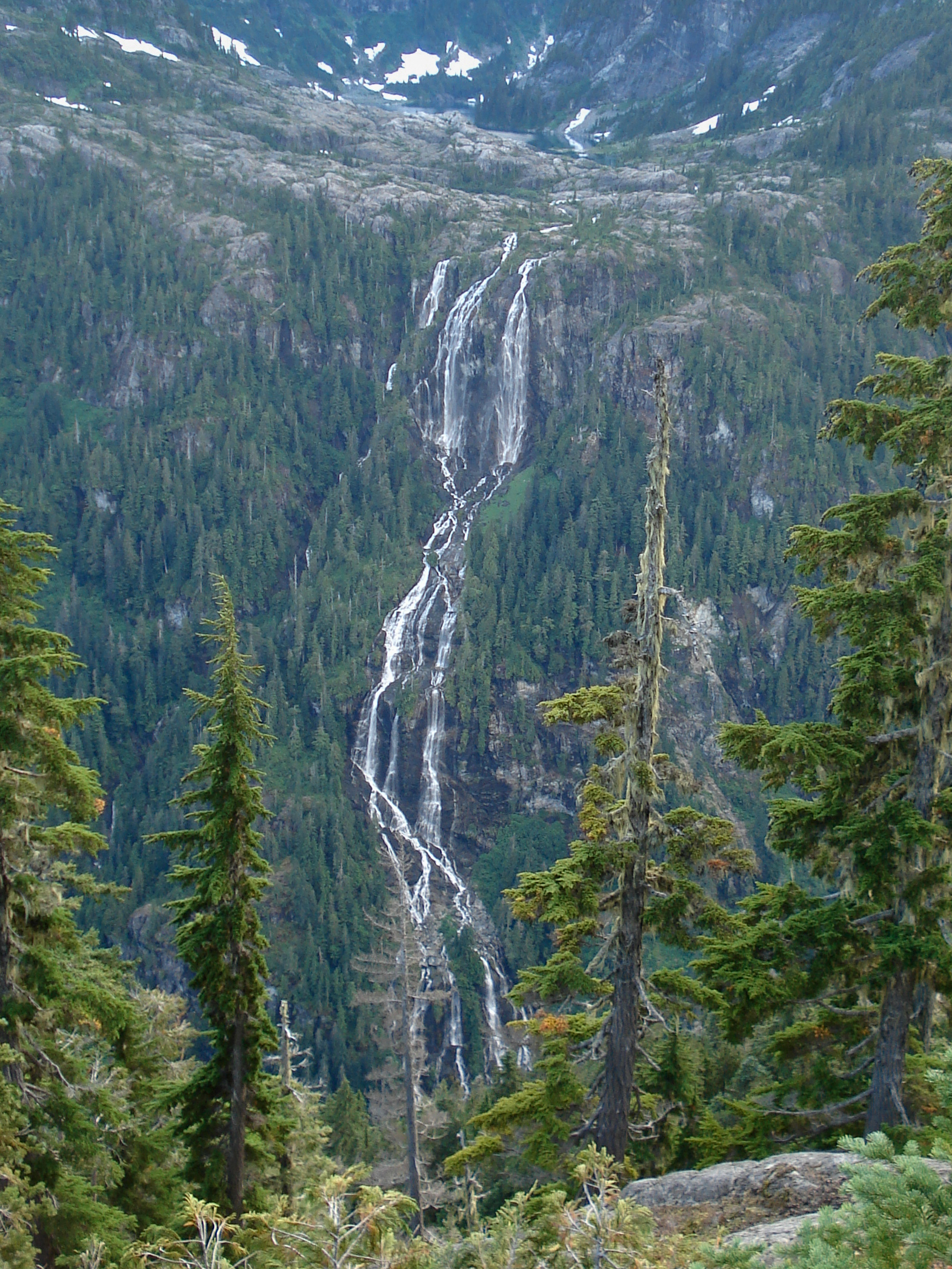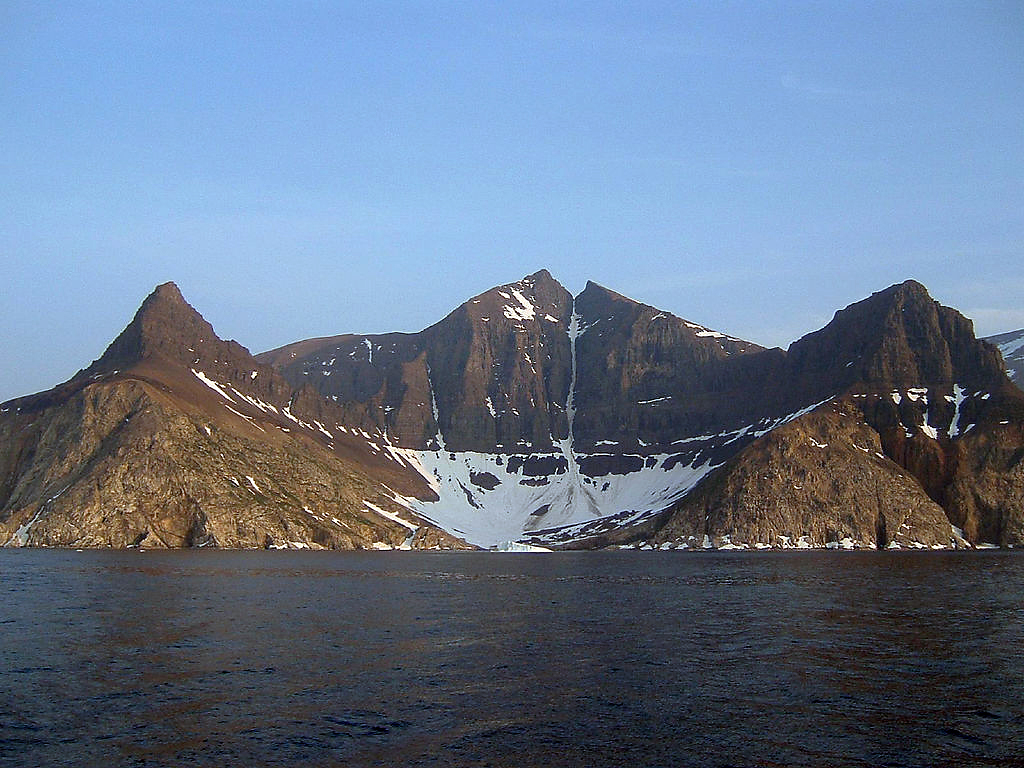|
Marble Peak (British Columbia)
Marble Peak is a mountain in Strathcona Provincial Park on Vancouver Island, British Columbia, Canada. It is located east of Gold River and southeast of Mount McBride. in the Canadian Mountain Encyclopedia See also *List of mountains in Canada
Most mountain peaks of Canada lie in the west, specifically in British Columbia, Alberta, and the Yukon. Mountains can be found all over British Columbia while those in Alberta are mainly situated on the eastern side of the Canadian Rockies. The ...
References External links *[...More Info...] [...Related Items...] OR: [Wikipedia] [Google] [Baidu] |
Vancouver Island
Vancouver Island is an island in the northeastern Pacific Ocean and part of the Canadian Provinces and territories of Canada, province of British Columbia. The island is in length, in width at its widest point, and in total area, while are of land. The island is the largest by area and the most populous along the west coasts of the Americas. The southern part of Vancouver Island and some of the nearby Gulf Islands are the only parts of British Columbia or Western Canada to lie south of the 49th parallel north, 49th parallel. This area has one of the warmest climates in Canada, and since the mid-1990s has been mild enough in a few areas to grow Mediterranean Sea, Mediterranean crops such as olives and lemons. The population of Vancouver Island was 864,864 as of 2021. Nearly half of that population (~400,000) live in the metropolitan area of Greater Victoria, the capital city of British Columbia. Other notable cities and towns on Vancouver Island include Nanaimo, Port Alberni, ... [...More Info...] [...Related Items...] OR: [Wikipedia] [Google] [Baidu] |
Vancouver Island Ranges
The Vancouver Island Ranges, formerly called the Vancouver Island Mountains, are a series of mountain ranges extending along the length of Vancouver Island which has an area of . The Vancouver Island Ranges comprise the central and largest part of the island. The Geological Survey of Canada refers to Vancouver Island, Haida Gwaii, and the Alaska Panhandle as the Insular Belt including the sea floor out to 100 km (62 mi) west of Vancouver Island. The Vancouver Island Ranges are a sub-range of the Insular Mountains. Explorations The first European sighting of these ranges was likely Sir Francis Drake. A sighting of land on June 5, 1579 was recorded by his crew aboard the vessel ''Golden Hind'' at a latitude of 48 degrees north but not finding safe harbour, they moved on southward. The highest peak of the Vancouver Island Ranges, the Golden Hinde, is named for his vessel. The first European explorer likely to have observed any of the mountains of the Vancouver Island ... [...More Info...] [...Related Items...] OR: [Wikipedia] [Google] [Baidu] |
National Topographic System
The National Topographic System or NTS is the system used by Natural Resources Canada for providing general purpose topographic maps of the country. NTS maps are available in a variety of scales, the standard being 1:50,000 and 1:250,000 scales. The maps provide details on landforms and terrain, lakes and rivers, forested areas, administrative zones, populated areas, roads and railways, as well as other man-made features. These maps are currently used by all levels of government and industry for forest fire and flood control (as well as other environmental issues), depiction of crop areas, right-of-way, real estate planning, development of natural resources and highway planning. To add context, land area outside Canada is depicted on the 1:250,000 maps, but not on the 1:50,000 maps. History Topographic mapping in Canada was originally undertaken by many different agencies, with the Canadian Army’s Intelligence Branch forming a survey division to create a more standardized mappi ... [...More Info...] [...Related Items...] OR: [Wikipedia] [Google] [Baidu] |
Mountain
A mountain is an elevated portion of the Earth's crust, generally with steep sides that show significant exposed bedrock. Although definitions vary, a mountain may differ from a plateau in having a limited Summit (topography), summit area, and is usually higher than a hill, typically rising at least 300 metres (1,000 feet) above the surrounding land. A few mountains are Monadnock, isolated summits, but most occur in mountain ranges. Mountain formation, Mountains are formed through Tectonic plate, tectonic forces, erosion, or volcanism, which act on time scales of up to tens of millions of years. Once mountain building ceases, mountains are slowly leveled through the action of weathering, through Slump (geology), slumping and other forms of mass wasting, as well as through erosion by rivers and glaciers. High elevations on mountains produce Alpine climate, colder climates than at sea level at similar latitude. These colder climates strongly affect the Montane ecosystems, ecosys ... [...More Info...] [...Related Items...] OR: [Wikipedia] [Google] [Baidu] |
Strathcona Provincial Park
Strathcona Provincial Park is the oldest provincial park in British Columbia, Canada, and the largest on Vancouver Island. Founded in 1911, the park was named for Donald Alexander Smith, 1st Baron Strathcona and Mount Royal, a wealthy philanthropist and railway pioneer. It lies within the Strathcona Regional District. The Clayoquot Sound Biosphere Reserve, established in 2000, includes three watersheds in the western area of the park. Geography The park is east of Gold River and west of Campbell River. At , it contains the highest peaks of the Vancouver Island Ranges. Some notable mountains located within the park boundaries include: * Golden Hinde - * Elkhorn Mountain - * Mount Colonel Foster - * Mount Albert Edward - Strathcona Park is also known for its lakes, waterfalls, and glaciers. Buttle Lake is a popular destination for swimming, canoeing, kayaking, and fishing. Also located in the park is Della Falls which, at in height, is among the highest waterfa ... [...More Info...] [...Related Items...] OR: [Wikipedia] [Google] [Baidu] |
British Columbia
British Columbia (commonly abbreviated as BC) is the westernmost province of Canada, situated between the Pacific Ocean and the Rocky Mountains. It has a diverse geography, with rugged landscapes that include rocky coastlines, sandy beaches, forests, lakes, mountains, inland deserts and grassy plains, and borders the province of Alberta to the east and the Yukon and Northwest Territories to the north. With an estimated population of 5.3million as of 2022, it is Canada's third-most populous province. The capital of British Columbia is Victoria and its largest city is Vancouver. Vancouver is the third-largest metropolitan area in Canada; the 2021 census recorded 2.6million people in Metro Vancouver. The first known human inhabitants of the area settled in British Columbia at least 10,000 years ago. Such groups include the Coast Salish, Tsilhqotʼin, and Haida peoples, among many others. One of the earliest British settlements in the area was Fort Victoria, established ... [...More Info...] [...Related Items...] OR: [Wikipedia] [Google] [Baidu] |
Canada
Canada is a country in North America. Its ten provinces and three territories extend from the Atlantic Ocean to the Pacific Ocean and northward into the Arctic Ocean, covering over , making it the world's second-largest country by total area. Its southern and western border with the United States, stretching , is the world's longest binational land border. Canada's capital is Ottawa, and its three largest metropolitan areas are Toronto, Montreal, and Vancouver. Indigenous peoples have continuously inhabited what is now Canada for thousands of years. Beginning in the 16th century, British and French expeditions explored and later settled along the Atlantic coast. As a consequence of various armed conflicts, France ceded nearly all of its colonies in North America in 1763. In 1867, with the union of three British North American colonies through Confederation, Canada was formed as a federal dominion of four provinces. This began an accretion of provinces an ... [...More Info...] [...Related Items...] OR: [Wikipedia] [Google] [Baidu] |
Gold River, British Columbia
Gold River is a village municipality located close to the geographic centre of Vancouver Island in British Columbia, Canada. In terms of the Island's human geography it is considered to be part of the "North Island", even though it technically is on the Island's west coast. History Taking advantage of its deep water and abundant forests, Gold River developed in 1967 as a prototypical logging and pulp and paper industry community. Gold River quickly sprang into prosperity and established excellent community facilities. When shifting world markets brought the mill closure in 1998, many of Gold River's inhabitants were forced to relocate. Since then, the village has attempted to capitalize on its idealistic setting among picturesque mountains, lakes, rivers, ocean, and forests to develop tourism and sport fishing as its main economic supports. Currently, Gold River serves as a base for such famous activities as the Nootka Island trek, hiking the Elk Lake trail and mountain climbi ... [...More Info...] [...Related Items...] OR: [Wikipedia] [Google] [Baidu] |
Mount McBride
Mount McBride is a mountain located on Vancouver Island in British Columbia, Canada. It is east of Gold River and northeast of Golden Hinde. Mount McBride is one of two peaks in British Columbia named for BC Premier Sir Richard McBride. The other is Mount Sir Richard. There is a second Mount McBride—named for Captain Kenneth Gilbert McBride of The Seaforth Highlanders of Canada, a Canadian officer killed in action during the Second World War World War II or the Second World War, often abbreviated as WWII or WW2, was a world war that lasted from 1939 to 1945. It involved the vast majority of the world's countries—including all of the great powers—forming two opposin ...—elsewhere in BC and yet another in the Yukon. The first ascent is uncertain but may have been Leroy Stirling Cokely in 1926. References ;Sources * External links * * Two-thousanders of British Columbia Vancouver Island Ranges Nootka Land District {{BritishColumbiaCo ... [...More Info...] [...Related Items...] OR: [Wikipedia] [Google] [Baidu] |
List Of Mountains In Canada
Most mountain peaks of Canada lie in the west, specifically in British Columbia, Alberta, and the Yukon. Mountains can be found all over British Columbia while those in Alberta are mainly situated on the eastern side of the Canadian Rockies. The Saint Elias Mountains in the Yukon hold some of country's highest mountains, including the highest, Mount Logan at . Alberta ;Highest peaks Mts. Columbia & King Edward.jpg, Mount Columbia & King Edward in background The Twins - South and North (l-r).jpg, The Twins massif - South Twin and North Twin (l-r) Mount Assiniboine massif.jpg, Mount Assiniboine seen from above Lake Magog Columbia Icefields - panoramio (1).jpg, Snow Dome seen from Icefields Parkway British Columbia Mount Assiniboine.jpg, Mount Assiniboine Mount Robson South.jpg, Mount Robson, highest in Canadian Rockies Garibaldi black tusk.jpg, The Black Tusk Snow Dome+Dome Glacier.jpg, Snow Dome and Dome Glacier Mount Mackenzie from Mount Revelstoke NP.jpg, Mou ... [...More Info...] [...Related Items...] OR: [Wikipedia] [Google] [Baidu] |







